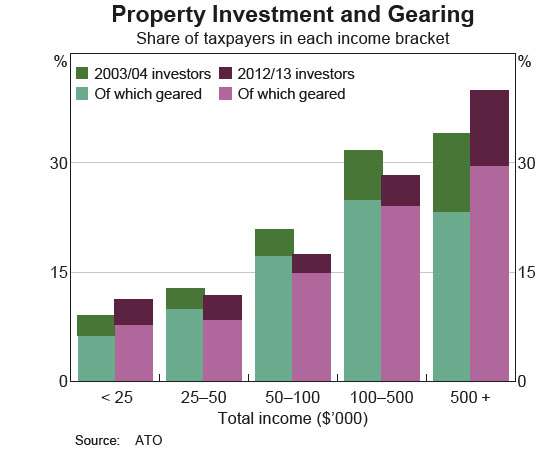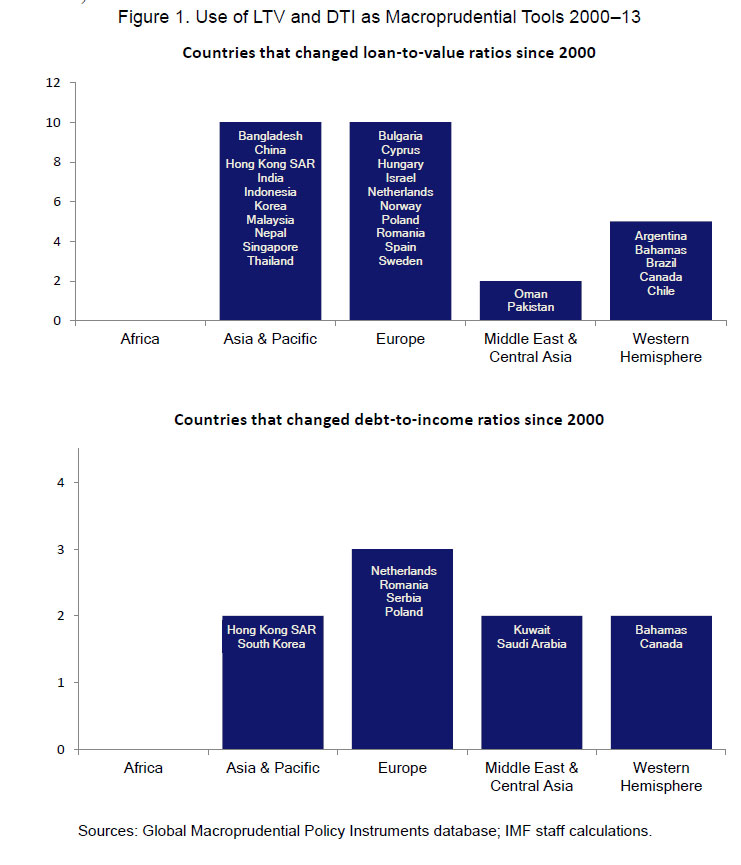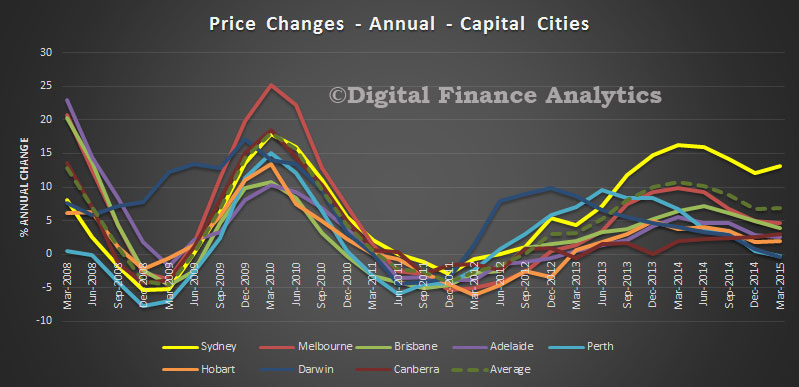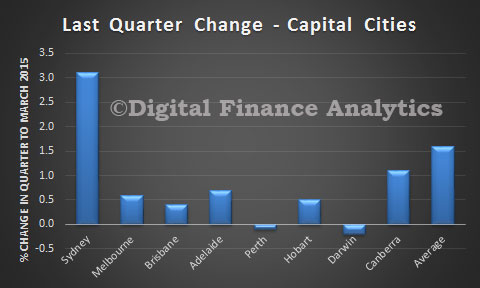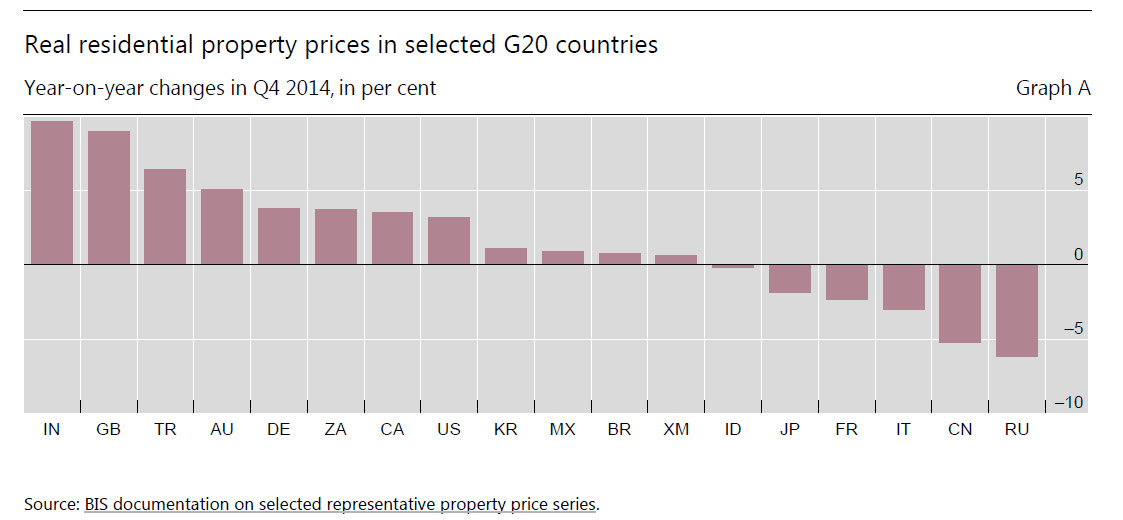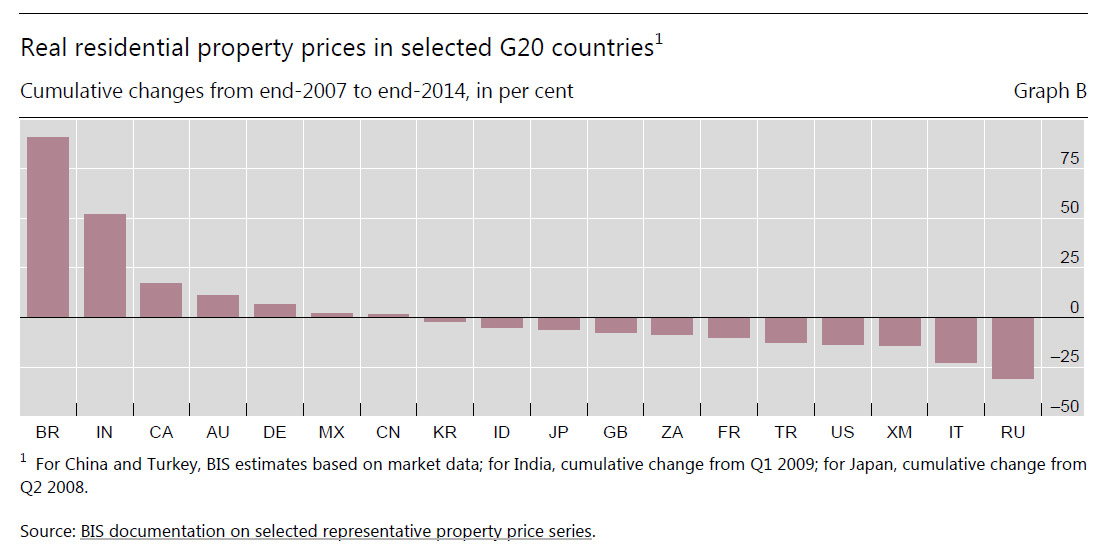The NAB Residential Property Q2 Report shows that the index is weighed down by slowing rents. Eastern states out-performing, with NSW and Victoria expected to lead price and rental growth over the next 1-2 years. Foreign buyers less active in new property markets, but despite tougher restrictions on foreign investment, increase their presence in established markets, especially in Victoria. For the first time the Survey also distinguishes between foreign buyers in apartment and housing markets.
The NAB Residential Property Index fell -4 to +17 points in the June quarter as a slowdown in rents offset continued capital growth.
But, the picture remains mixed across the country.
NAB Group Chief Economist Alan Oster said: “Overall sentiment improved in Victoria and remained solid in NSW, but fell in all other states and quite heavily in SA and WA, with both states printing their weakest index result since the survey began”.
Looking forward, property professionals in NSW are now the most optimistic in the country (replacing QLD), closely followed by Victoria. In contrast, WA is the most pessimistic in the country and more so than in the last survey.
Expectations for national house price growth over the next 1-2 years were unchanged at 2.1% and 2.3%, but improved outlooks for capital growth in NSW and Victoria are offsetting weaker expectations in all other states.
“The survey also suggests that faster capital growth will push yields lower as rental growth continues to slow over the next 1-2 years” said Mr Oster.
Foreign buyers pulled back a little in new property markets in Q2, with their share of total demand falling to 12.8% (15.6% in Q1), with buyers less active in Victoria (18.1%) and NSW (13.1%).
In existing housing markets, however, foreign buyers were more active with their share of national demand rising to 8.6% (7.5% in Q1), with foreign buyers accounting for more than 1 in 10 sales in both Victoria and NSW.
For the first time the Survey distinguishes between foreign buyers in Australian apartment and housing markets.
In the new property market, property professionals estimated that foreign buyers accounted for 16.1% of all apartment sales and 11.5% of house sales in Q2.
“There were however, some big differences between the states, especially in the apartment market where foreigners purchased more than 28% of all new apartments in Victoria, compared to just 16.5% in NSW. There was much less divergence in new housing markets” said Mr Oster.
Despite stricter restrictions on foreign investment in the established residential property market, the survey suggests foreign buyers also play a fairly significant role in this segment of the Australian housing market.
Foreign buyers accounted for 11.4% of all established apartment sales and 9.4% of house sales in Q2.
According to Mr Oster: “It was however notable that foreign buyers had a much bigger presence in the established housing market in Victoria, with a market share of just over 16%. This was much higher than in all other states. Interestingly, the Survey also reported a much higher share of foreigners buying dwellings or land (23%) for re-development in Victoria”.
In terms of local buyers, first home buyers were more prevalent in new property markets in the June quarter (accounting for more than 1 in 4 property sales) although this increase was mostly due to first home buyer investors.
Owner occupiers or up-graders were also more active in both new and established markets, while resident investors (net of FHBs) accounted for just over 1 in 5 sales in both new and established markets.
NAB Economics is forecasting average national house price growth of 6.1% through the year to end-2015, although wide variance in capital city performance will persist. Capital growth is expected to be led mainly by Sydney (10.2%) and Melbourne (6.5%), with modest gains also forecast for Brisbane (4%) and Adelaide (0.9%). In Perth, house prices are expected to fall -3.8%.
Average national house price growth is expected to moderate in 2016 to 3%. NAB Economics expects prices growth to accelerate in Brisbane (4.8%), remain steady in Adelaide (0.9%) and fall in Perth (-0.1%). In contrast, house price growth is forecast to slow in both Sydney (3.9%) and Melbourne (3.1%).

